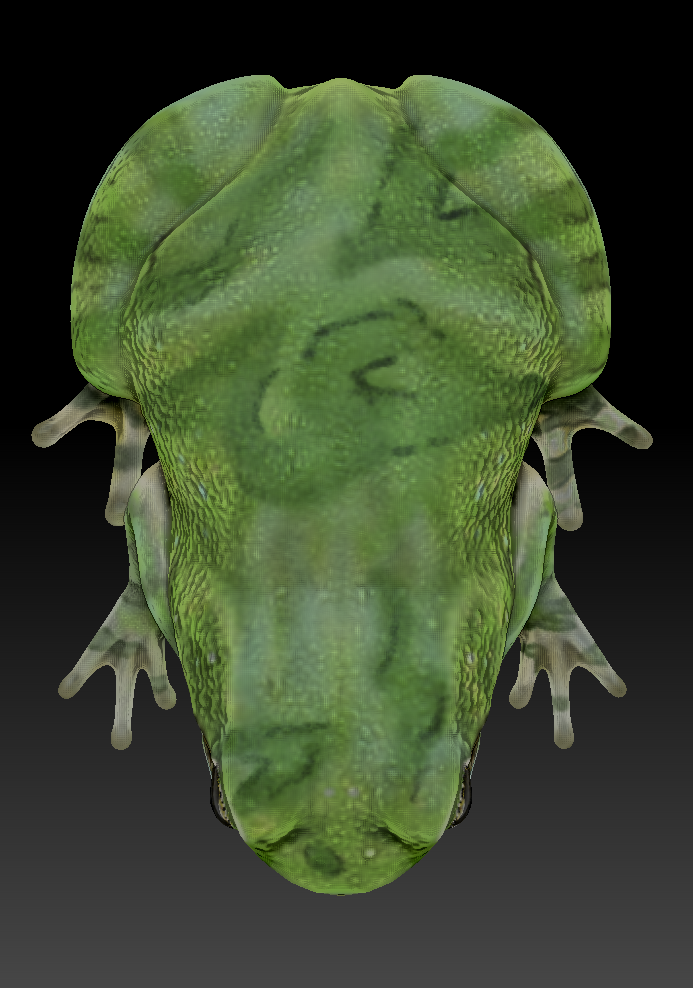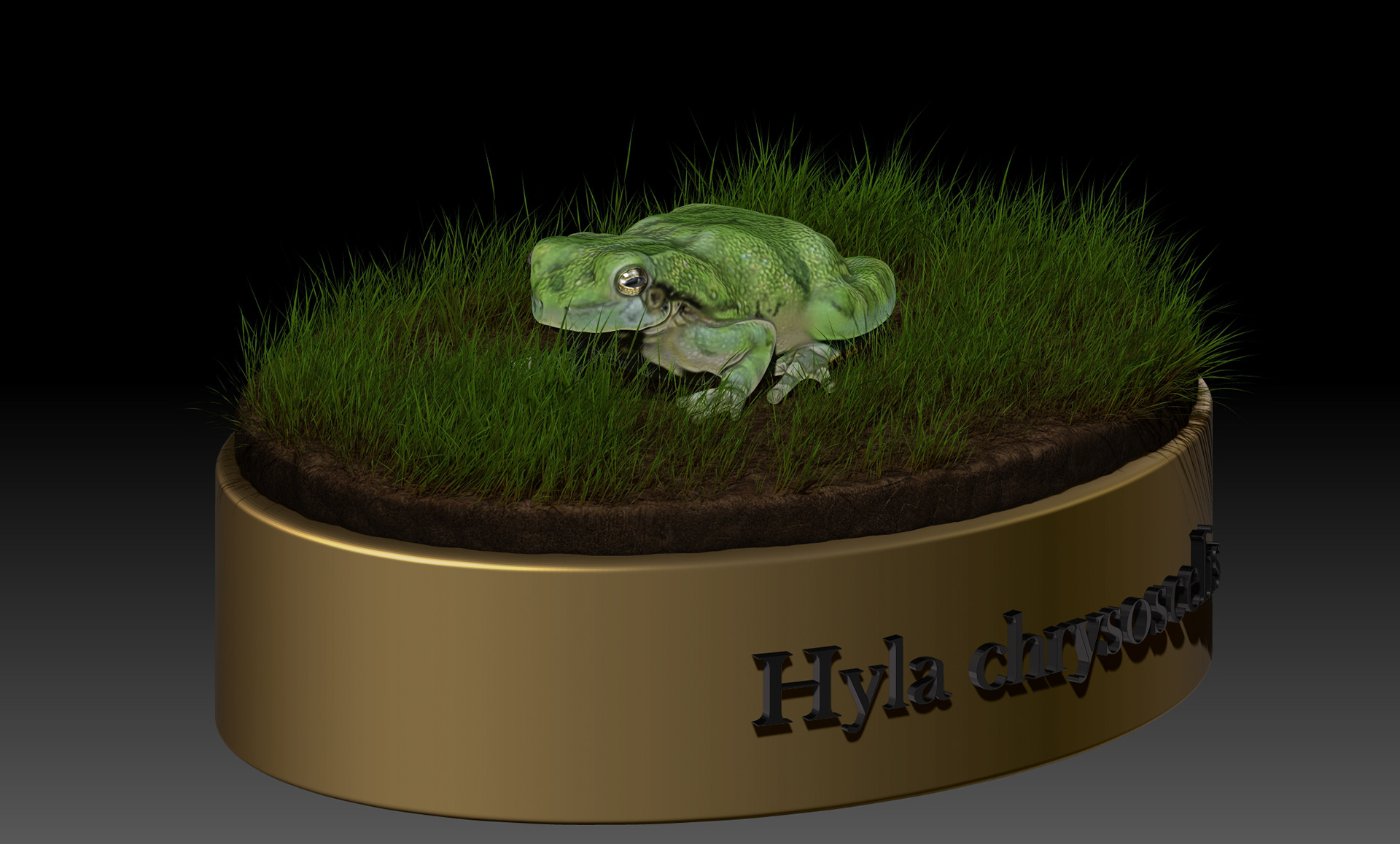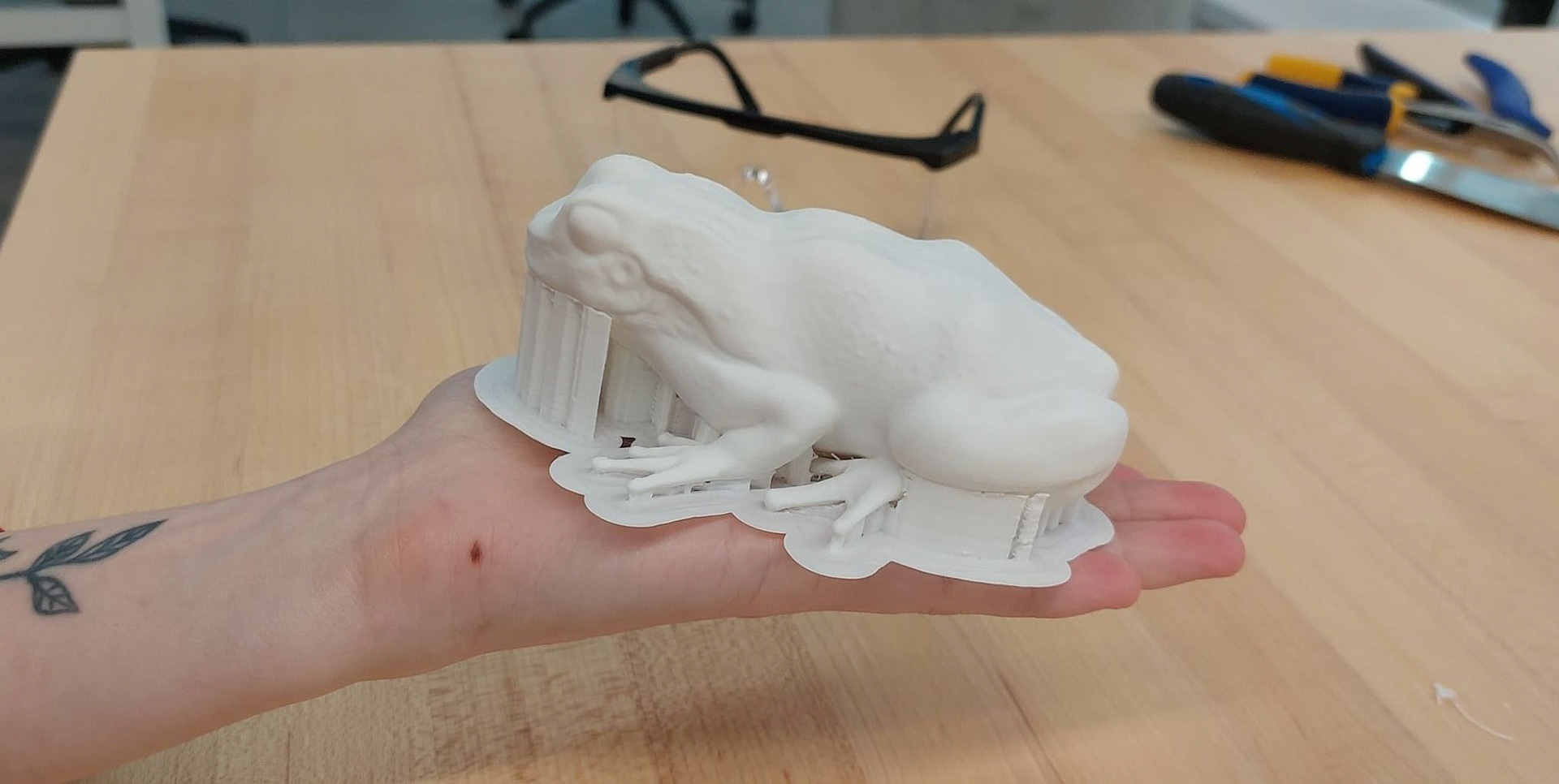Leap Into Action
Protect your backyard Amphibians!
The concept behind Leap Into Action began in the summer of 2020 while out foraging for edible mushrooms and plants throughout public land in Ames, Iowa. While traversing these land plots, I came upon many native Amphibious species and got to witness their relationship with native flora and water sources.
Predominately a farming and trucking state, Iowa conservation relies heavily on state owned land and the DNR to preserve Amphibious habitats. With only 2.8% of Iowa's land being state owned, it's important that private landowners and urban area residents do their part to aid in conservation efforts.
My hope with this project is to bring awareness to habitat loss in Iowa and promote the protection of our backyard Amphibians!
The Process
Over the course of Summer 2020, I began collecting my own photograph references of Amphibians in Story County. Images and sketches where humanely gathered by netting and releasing sited species on preserved public land.
Among my found species was the elusive Cope's Grey Tree Frog - *Dryophytes/Hyla chrysoscelis. This species has sentimental value for me thanks to my experiences catching frogs as a child in Northern Michigan.
This tie to my childhood sparked my interest in creating a call to action - or rather a Leap Into Action - focused on protecting our native wildlife for future generations.
*Taxonomic Note: The Cope's Grey Tree Frog has two subgenera clades both Hyla chrysoscelis (old world) and Dryophytes chrysoscelis (new world), both are appropriate when referencing this species depending on preference.
American Toad- Anaxyrus americanus
Photoshop
Digital Rendering
I began illustrating for this topic by focusing on references to create a title illustration.
The sketch to realistic render for both the title and illustration are intended to show movement into the future. This shows the illustrative process while highlighting the mechanics of the frog itself. Inviting people to jump into conservation!
Progressing over the course of three months, this illustration (rendered in Photoshop) was completed in August, 2020 and later adapted with the text for submission to GNSI (Guild of Natural Science Illustrators) in July, 2021.
This illustration has since been featured in the 2021 Guild of Natural Science Illustrators Annual Exhibition.
Annual Juried Members ExhibitionThis illustration has since been featured in the 2021 Guild of Natural Science Illustrators Annual Exhibition.
Zbrush
3D Modeling
While taking BPMI 494 at Iowa State University, I was given the opportunity to expand upon my ideas behind Leap Into Action by creating a realistic 3D model of the Cope's Grey Tree Frog. This sparked my interest as I wanted to explore the path of creating multiple deliverables with the hopes of creating interactive content for a variety of age ranges.
While modeling, it was important to focus on creating a realistically functional form while keeping in mind the mechanics of the legs as well as overall proportions.
This model was created over Spring Semester 2022.
Blender
Environment Design
Throughout the BPMI 494 course, we focused on facilitating multiple 3D modeling softwares to practice combining workflows. Upon learning Blender, I was able to create a 3D environment depicting a suburban area that focused on landscaping techniques that could provide habitats for backyard amphibians, such as birdbaths. This environment was designed with lighting and allowed for focal shift when rendering scenes, allowing for atmospheric perspective.
Blender also allowed for me to import my completed Zbrush model so that I could render the species in the created environment.
Ultimaker 3D Printing
Physical Models
Upon completion of my 3D Zbrush model, I was given the opportunity to complete 3D Printing training through the ISU 3D printing labs. This included learning how to upload models into Cura to prepare files for 3D printing, as well as proper maintenance and use of Ultimaker printing machines. These frogs where printed using white PLA material for ease of painting.
After adapting my Zbrush model for 3D printing, I created four final prints, these included:
Life Size
Based on the average female Cope's Grey Tree Frog size, this model was printed at 60mm. This model will be painted using acrylic paint and used to create a life size habitat diorama including replica native wildlife.
2x Size
Double the scale of the original life size model, this model was printed at 120mm. This model will be painted using acrylic paint to match the life size model and used to better show anatomy and details. There is potential to use this model for interactive learning.
Smaller
Two models where printed at an extra low scale to test the parameters of the Ultimaker, these where made at 25mm. These models where able to retain great detail from my Zbrush model and may be used in the future to make jewelry.
Future Application
Adobe Xd
My plans moving forward include creating an interactive Adobe Xd website focused on backyard conservation of Amphibians. This will include educational content on midwestern Amphibious species, invasive species, as well as tips on how you can help support conservation efforts in your own backyard.
This website will include previously made models and illustrations to provide content for an array of age ranges and provide additional resources for those interested in learning more about their local conservation efforts.
Other Resources
For more information on Iowa's Amphibians:
Process Work
















